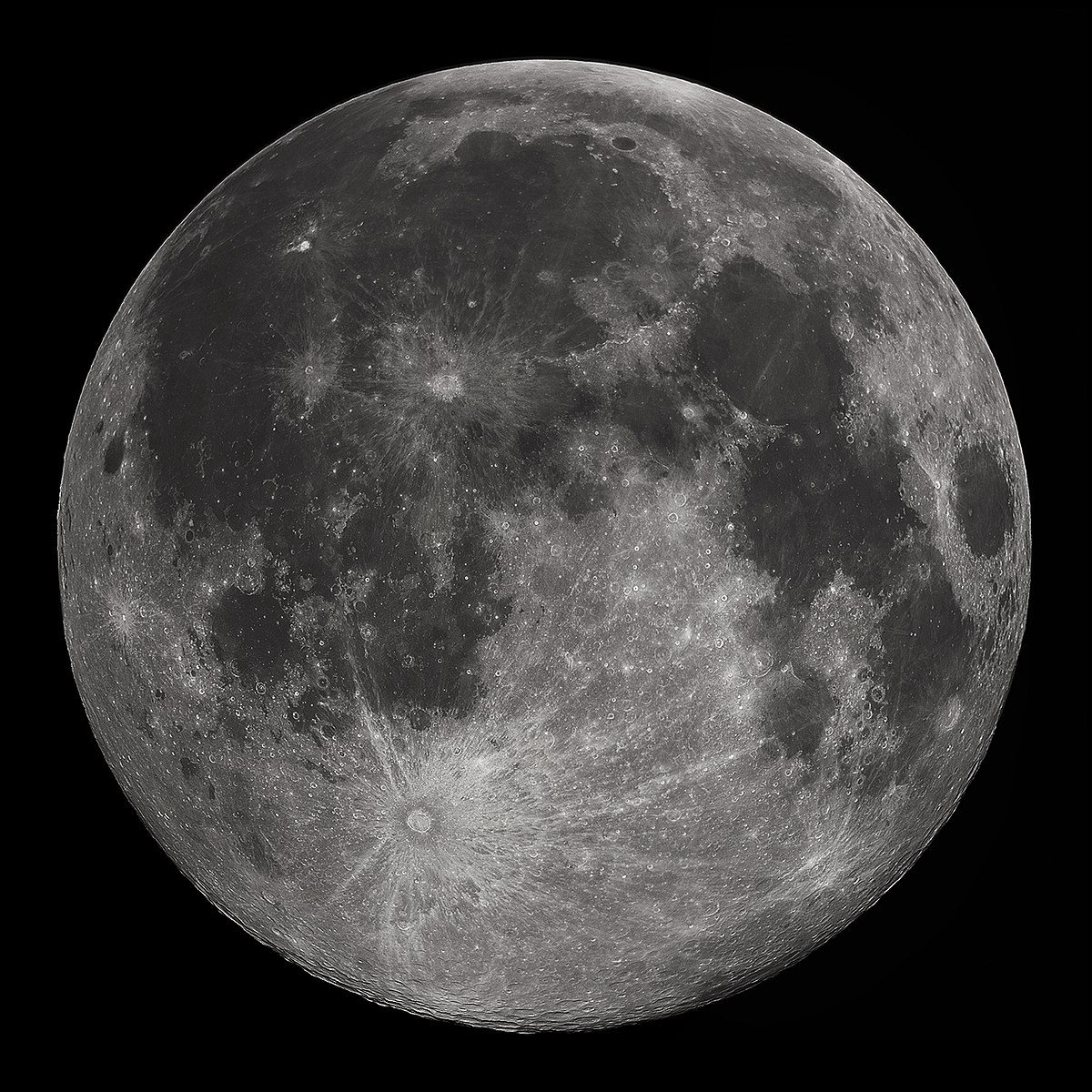The yeast is one of 10 special payloads or Secondary Payloads that Artemis I carries into lunar orbit and back to Earth. The yeast is a research effort carried out by BioSentinel and has been approved by NASA to be carried on the Artemis I mission. It is known that the Artemis I
mission to be initiated by the Orion spacecraft is an unmanned mission. It’s just that the mission transports special specimens that are very related to future space flights.
Includes BioSentinel’s proprietary yeast. Explained Matthew Napoli, Project Manager BioSentinel, yeast cells have a biological mechanism similar to human cells. In the Artemis I mission, the yeast cells will be studied while in space.
Like how yeast cells react to space radiation. In addition, they will also study the metabolic activity of yeast cells after being exposed to a high-radiation environment beyond low-earth orbit.
“This mission is very exciting because it will take living organisms into space even further than ever before,” said Matthew Napoli.
It is known that after circling the moon, Artemis I will also send a satellite containing a secondary payload on a long mission. It is planned for seven to nine months the secondary payload including BioSentinel’s yeast will be in orbit around the sun.
Meanwhile the team on Earth periodically trigger week-long yeast studies to examine microorganisms. To do so, they will use a new biosensor, which NASA describes as a mini biotechnology laboratory.
